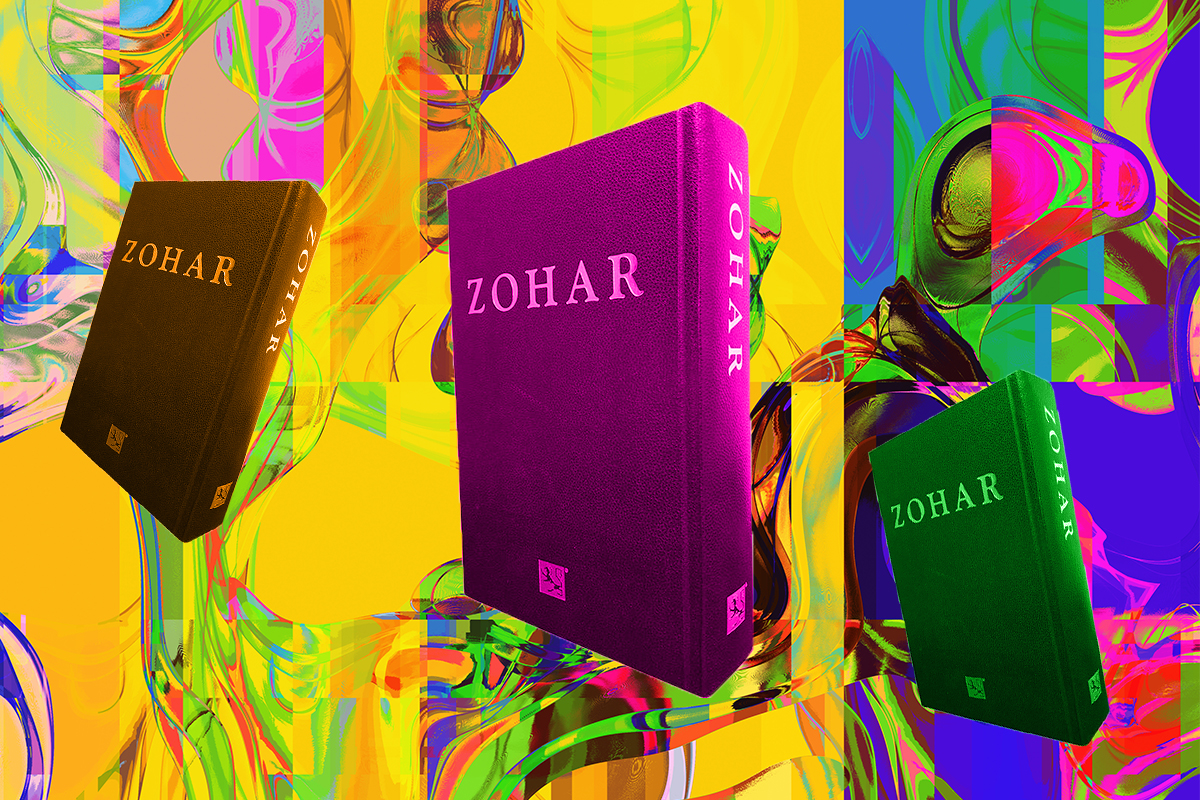There is perhaps no period in one’s young life more firmly delineated by American pop culture than the final months of high school. Consider cinematic mainstays like Pretty in Pink or albums like Chance The Rapper’s 10 Day. Young people nationwide grow up with a crystal-clear vision for their last hurrahs: prom, Pomp and Circumstance, bucket-list completion, and tearful goodbyes.
When my own senior year began last September, such expectations brimmed in my mind. But as COVID-19 turned the world upside down, it became evident that Hashem had different plans.
Though thankful to be safe and sound, I missed my friends and routines. I tuned into online classes lethargically, hit with a noxious cocktail of senioritis and tech fatigue. I planned for a last-minute gap year, repelled by the grim prospect of virtual college. I realized I wouldn’t be returning to school, that I’d graduate on Zoom, that the end of my senior year would not be a fun, flirty romp, but a slow, lonely burn.
The internet shouted at me with a million suggestions of activities guaranteed to make social distancing bearable, and I listened, extracting whatever joy or purpose I could. For proof, please refer to the yoga mat that’s still on my living room floor, or the crusty jar of sourdough starter in my fridge.
But the antidote to my malaise did not come from a listicle. It was not a trend or a novelty. It was the Zohar.
For those reading this who don’t know what the Zohar is, fear not. I had 10 years of formal religious schooling and didn’t know a single thing about it until a friend from a Jewish summer program asked me to study it with her. As she explained to me, the Zohar is the seminal collection of books on Jewish mysticism, AKA Kabbalah. Its scope is wide, inclusive of everything from Torah commentary to cosmology. Its authorship is contested; though some see it as a document of spiritual tradition from the Talmudic age and others as a revelation from God Godself, it is thought to have been written down and circulated by a Spanish rabbi named Moshe de Leon in the 1300s.
My friend, an Orthodox Jew from Atlanta, wanted me to join her and a pal from home who’d just finished a gap year at Yeshiva in parsing the opening Zohar sections.
For those who abide by the rules strictly, the Zohar is not to be read by people under 40, so I think that for some Orthodox teenagers, a premature reading of the Zohar comprises a kind of youthful rebellion. For my part, I said yes mainly because I’d reached my limit on solitary TikTok scrolling and needed a way to engage my brain. I’m not a seasoned religious scholar, nor a particularly observant Jew, but I’ve always liked the intellectual side of Judaism.
And so, one Tuesday afternoon, I took a Zoom call with my new study companions, opened up the Zohar’s full text on Sefaria.org, and dove in.
The reading experience was circuitous and slow. We read aloud and discussed at length. Some days, we only made it through one paragraph. Others, we tore our hair out in semantic arguments, or were forced to refer to the original Aramaic text for clarity. (My friends supplemented the linguistic knowledge I lacked.)
It was exciting to know how many people before us had encountered the same words we did. And it was even more exciting to think that none of them had encountered them in the same way — on a laptop, on a Zoom call, homebound in a global pandemic.
I was thankful for the Jewish havruta tradition — the practice of learning with a partner. My companions and I became linked in an interdependent relationship with the text, each of us bringing some vital element to its comprehension. And I was grateful to the text itself, the way it could triangulate a friendship between me and people so far away from me, both physically and experientially. In a time when routines were flimsy and futures hazy, my Zohar study became a reprieve of substance and connection. And unlike most of the hobbies I picked up during lockdown, it wasn’t rooted in a post-pandemic fantasy — flexing a new skill or a toned muscle. It was learning for learning’s sake.
I found myself looking forward to our meetings throughout the week. I made it a priority. I sent bizarre texts like, “Sry. Can’t watch Too Hot To Handle rn. Gotta read the Zohar.”
To give a sense of why the Zohar is so gripping, I’ll offer one sentence from its opening passages. A figure named Rabbi Elazar instructs:
“Raise your eyes above and see who has created this” (1:1b:4)
Though this would seem a standard expression of wonder, it becomes a riddle in the clever Zoharic grammatical scheme. Words like “WHO” and “WHAT” function doubly, at once relative pronouns and interrogative ones. They recur as subjects with agency, characters, even. The Zohar asks “Who has created this?” and answers “WHO has created this.”
For starters, I like the whimsy of this construction. But more importantly, as a young adult living in the golden age of uncertainty, there’s immeasurable comfort in the idea that a question could stand alone, could be an answer, could be the very substance from which the visible world was built.
The Zohar reinforced this comfort with questioning in a million ways. Its chronology is ambiguous and its metaphors don’t always have perfect internal consistency. It’s rarely clear what the whole thing is “about.” This elliptical reading process was a perfect match for a period when time’s passage was anything but linear. Our analyses varied from day to day; we’d decode a symbol or motif on one occasion, and by the following week, its meaning would be cast into doubt all over again.
Another Zohar quote summarized this frustration, saying:
“…Man asks, searches and looks, and beholds from degree to degree until the end of all the degrees. And after he arrives there, he is asked:…What have you learned? What have you seen? What have you investigated, since everything is still concealed, just as it was before” (1:1b:5).
The splendor of this world, though fundamentally “concealed,” could be glimpsed in the Zohar’s account. The text describes an intricate universe, carefully wrought. It seems, somehow, to simultaneously celebrate randomness and to assign deep, glorious meaning to all things.
Even as sheltering in place sapped the magic from my surroundings, the Zohar described rainbows — prophets in disguise, coming to “eradicate the wicked from the world” (1:1b:2). I wasn’t exactly ready to believe this proposition, but for a few hours a week, I entertained it.
To be clear, studying Zohar was not ~better~ than prom. I would still like a prom. If any wealthy benefactors happen to read this article and take pity on me, PLEASE THROW ME A PROM.
But when time ground to a halt, when the logic and direction which had undergirded my existence vanished, when the conventional tropes of American culture failed, a dip into the mystical, nebulous world of the Zohar was exactly what I needed.
Header image design by Emily Burack. Background via oxygen/Getty Images.



